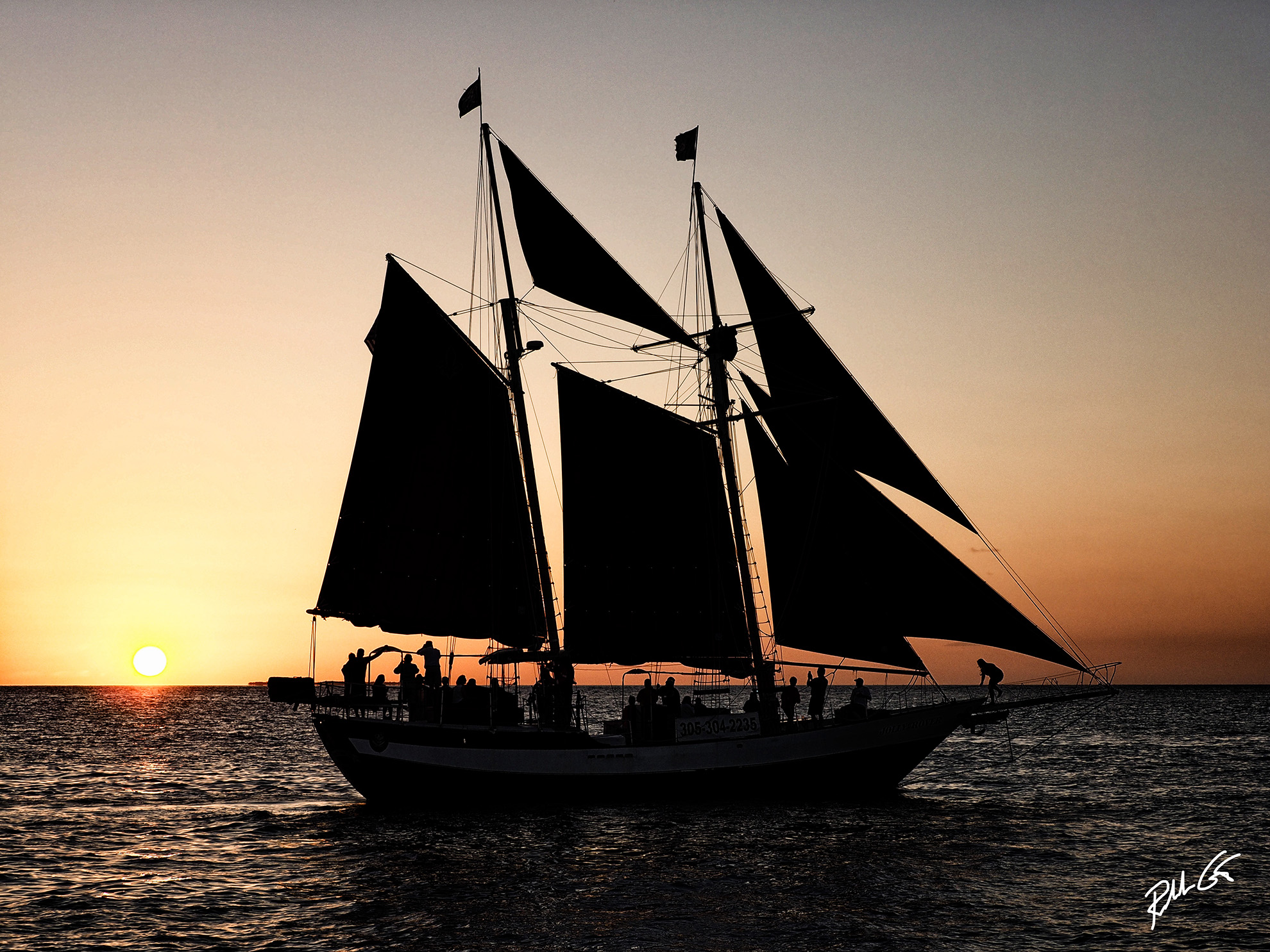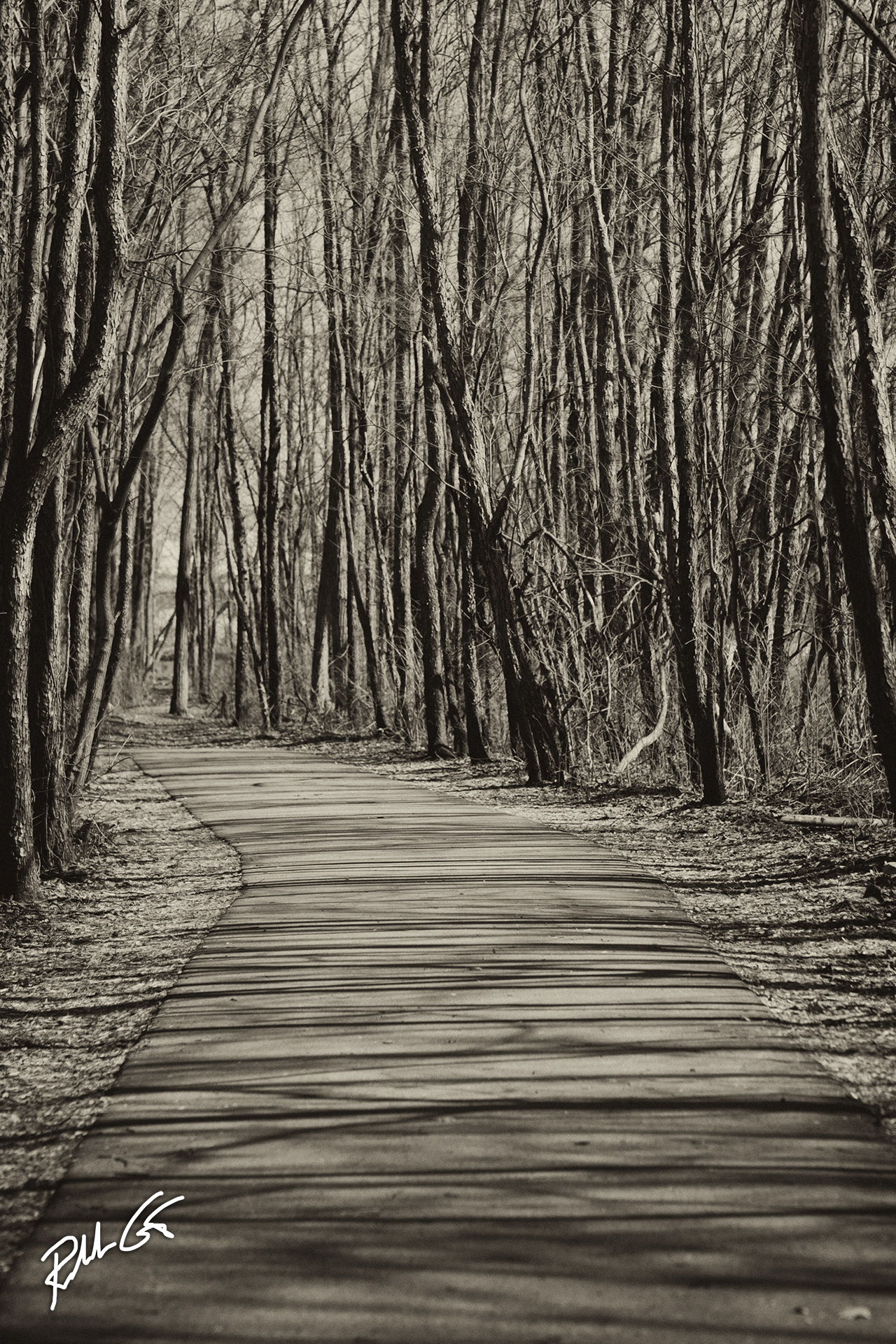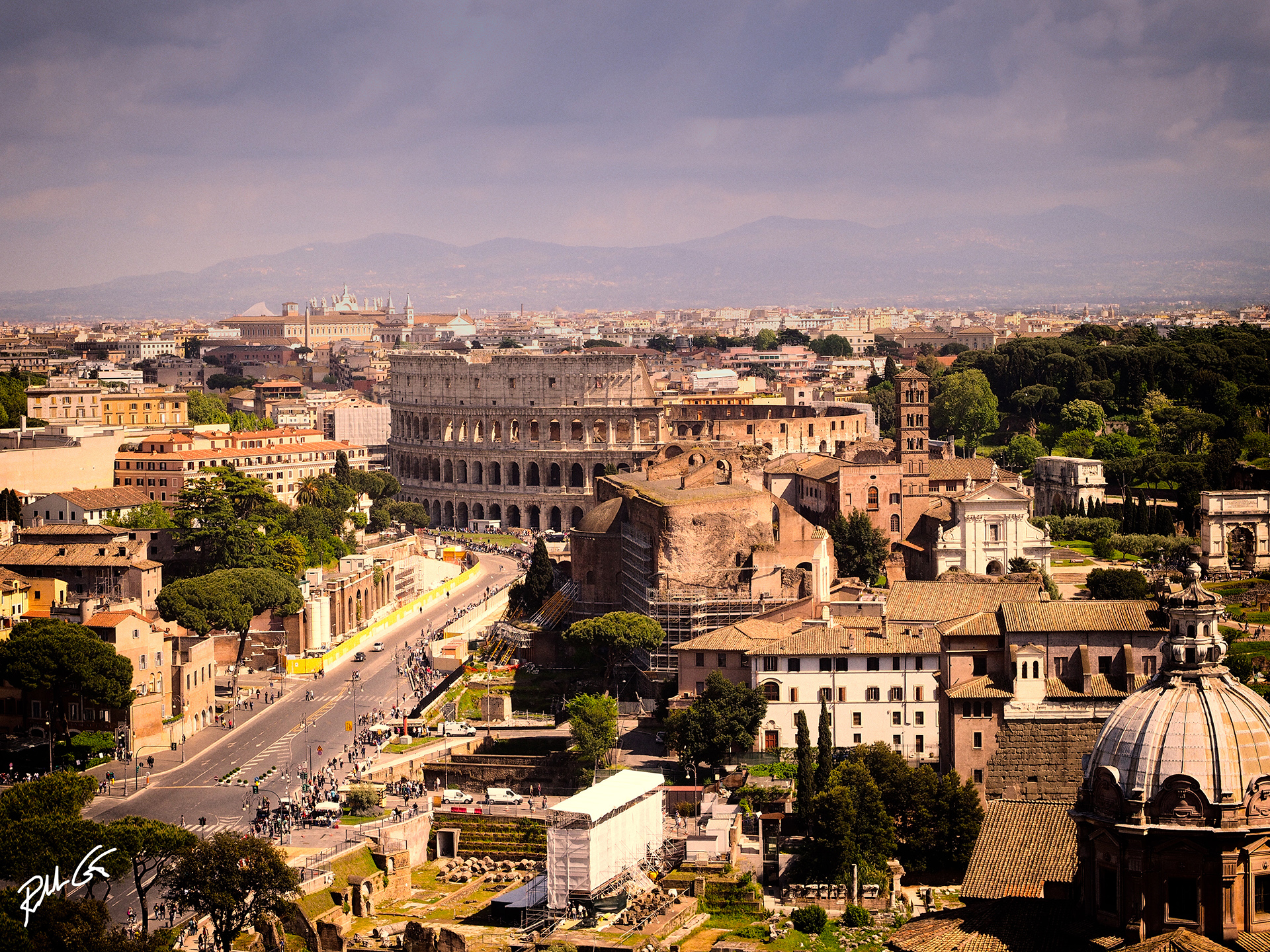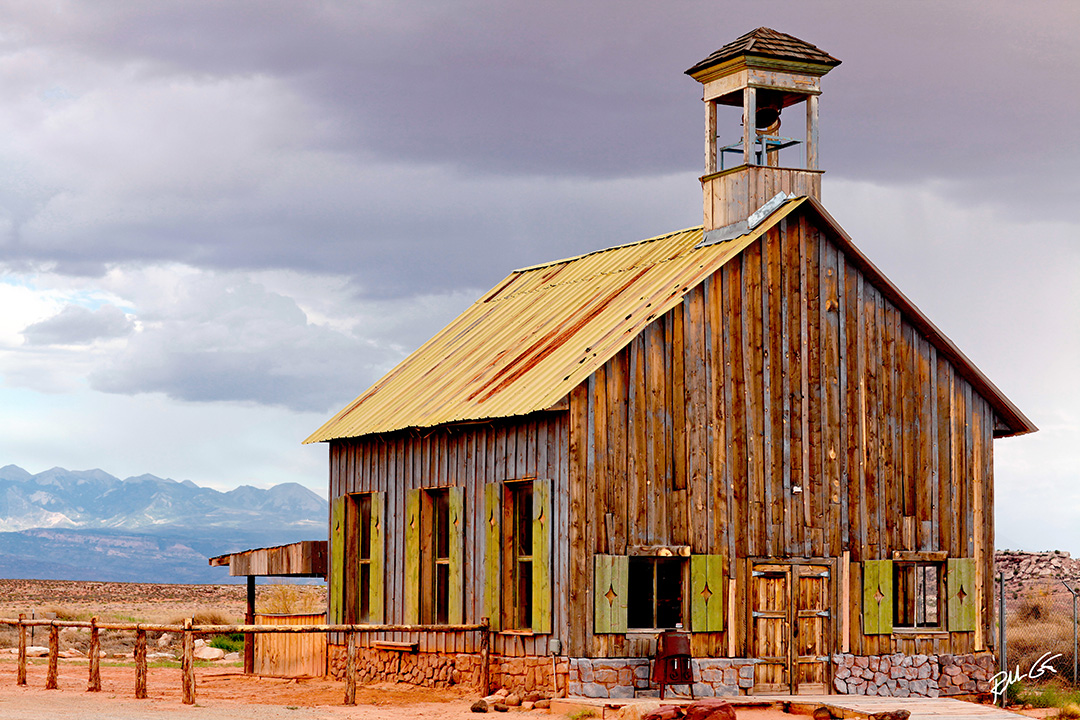As a photographer and a photojournalist, I’ve had the pleasure to work on assignment in 45 different countries over the years. As I worked in these countries, I learned a few things, especially when it comes to travel photography, and I’m here to share some tips for your future travel photography adventures.

Travel photography photo taken from another boat near Key West, Florida.
Do Research
First, do your research for the best attractions when it comes to your travel photography. Along with establishments like top-rated restaurants and entertainment, look for local, off the path attractions too. Don’t be just a tourist, be an adventurist, but do this with caution too. Research the best times to travel to avoid price hikes during peak season so you can take advantage of lower prices plus smaller crowds during low- or mid-season periods. You will save money in your travel photography if you plan wisely.
And don’t forget to research the weather along with local customs and courtesies so you don’t wind up in a dilemma. Check websites like the U.S. State Department for travel alerts and even the Center For Disease Control and Prevention for any warnings and updates on things like viruses or other unhealthy outbreaks.

You can capture interesting travel photography photos when you stay off the tourist path, but do so with caution.
For example, back in my military days, I deployed on Operation Support Hope with a journalist to document the Rwanda refugee crisis. In our intelligence briefing we were told to avoid bodies of water plus Lake Victoria for various reasons, especially to avoid contracting Schistosomiasis, a disease spread by parasites living in fresh water.
Pack A Medical Bag
It’s wise to pack a small bag with first aid, plus pain relief medication, your prescribed medications, anti-acid, and because you never know, IMODIUM® A-D, an anti-diarrheal over-the-counter drug. Keep all your drugs in their original packaging as some countries will put you in jail if you’re carrying pills or tablets and you can’t verify how you purchased them.
Don’t Become A Target
Dress down, don’t look so “American” when traveling outside the U.S., so avoid wearing expensive jewelry and clothing with American logos. Americans are targets in some foreign countries, so don’t become one. Learn some simple phrases of that country’s language — the last thing you want to do in a non-English speaking country is to immediately ask, “Do you speak English?”
Some locals think the latter question is rude and will usually say “no,” but if you try to speak their language, they’ll take that as a sign of respect. Normally they become more polite when they see you try and often respond with, “That’s OK, we speak some English.”
Shoot Wisely
When it comes to travel photography, don’t spray and pray with your camera. Take the time to find the right shots, look for the best light and angle, go after story-telling photos, not a mediocre tourist snap. It’s about quality not quantity. Look beyond what is in front of you, walk around and try a different angle. One mistake many travel photographers make is they rely on only zoom lenses. Slap a wide-angle or 50mm lens on your camera and get close — zoom lenses set us further back from the people, culture, and attractions we are trying to capture.
Avoid Bulging Bags
Pack a light camera bag for travel photography, carry one or two zooms, a wide-angle, a back-up body or point and shoot, spare batteries, and spare capture cards. Bring an external storage device, whether it’s your laptop or a self-sufficient hard drive for daily backups of your photos—cards do fail, usually at the worse time. Less gear also makes you less of a target.

Look for different views of tourist attractions like this not so typical view of the Flavian Amphitheatre, or the Coliseum in Rome.
Learn About the Community, Customs, and Culture
If you photograph local people in your travel photography, take time to learn their customs and culture and always ask permission if it’s OK to take their photo. If your trip is lengthy, take time to learn about their community, you’ll be surprised what you’ll find. Once on assignment in Beaufort, North Carolina I went to the shrimping docks to photograph the oldest fisherman there, and in a conversation another fisherman told me, “the Tide Runner boat used for the movie Prince of Tides was located there.”
I located the boat captain, Emmett Paul, and asked if I could spend a couple of days documenting their shrimping. He agreed for a case of Budweiser beer each morning delivered to his boat. I agreed and off I went every morning hours before sunrise on the Tide Runner, and not only did I document the shrimping with him, his son, and one deckhand, but on the second day I helped bring in the nets and sort each catch.

This old building captured during one of my Moab Photography workshops in Utah.
My hands got dirty and I got smelly, but this helped me understand what it’s like to shrimp and that experience helped me later when I sat down to write the story that accompanied the photos for publication. In the end the captain gave me about 25 pounds of shrimp to take home for my work. That was almost 25 years ago!
Take Notes
In all your travel photography, take notes. It’s easy to forget people’s names, specific locations, etc., but if your photos get picked up for publication it will help for caption information. Notes are also good should you decide to revisit someday, especially if you want to save time and money.
Thank People, Write a Review
Along the way and especially when you’re getting ready to leave, make sure to thank everyone. People remember things like this and it will go a long way should you return. Don’t forget to rate or review the locations you visited, the places you dined, and even the places you stayed at, especially on TripAdvisor, another great source to research your future travel photography adventures. Now go capture photographs!



